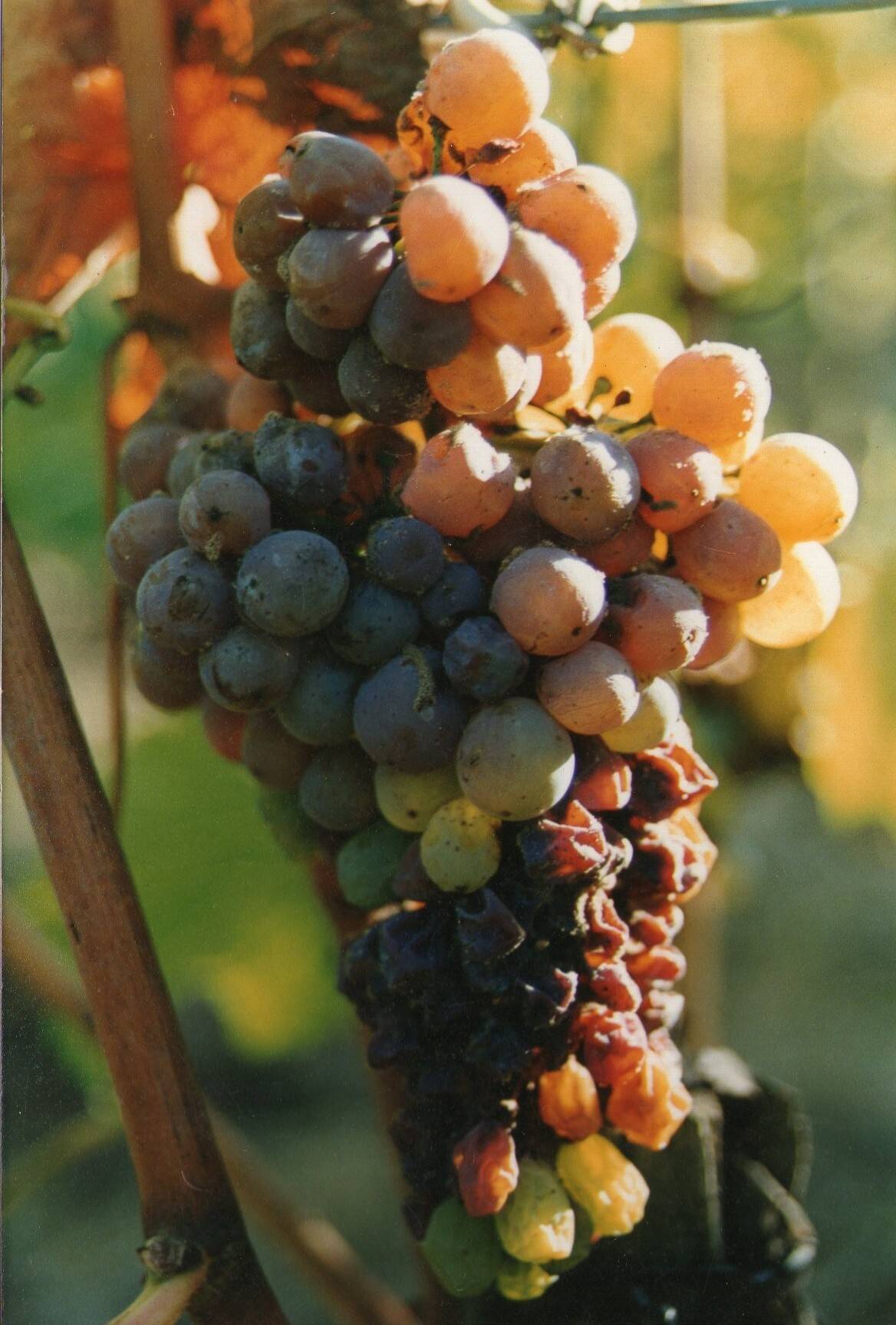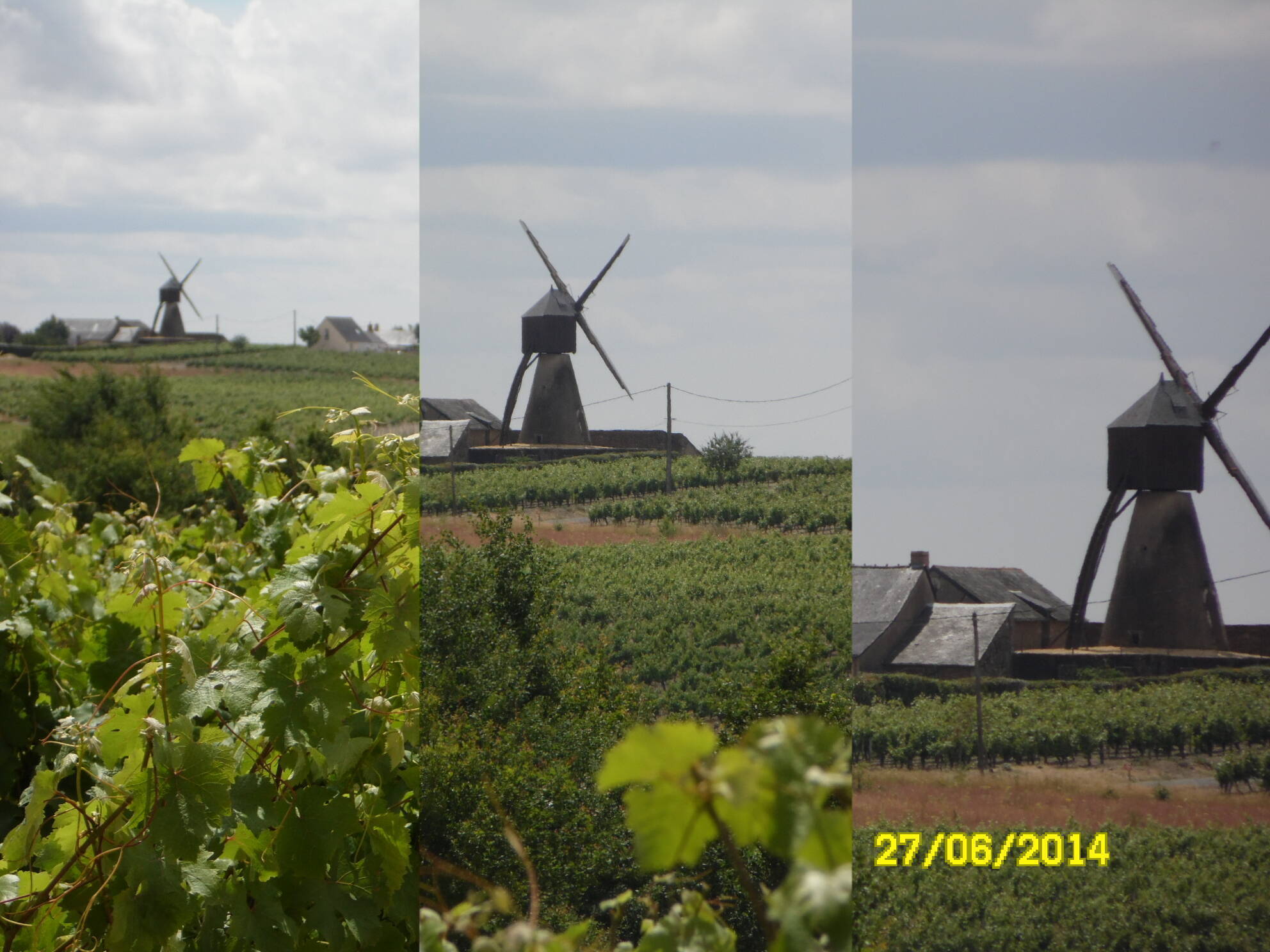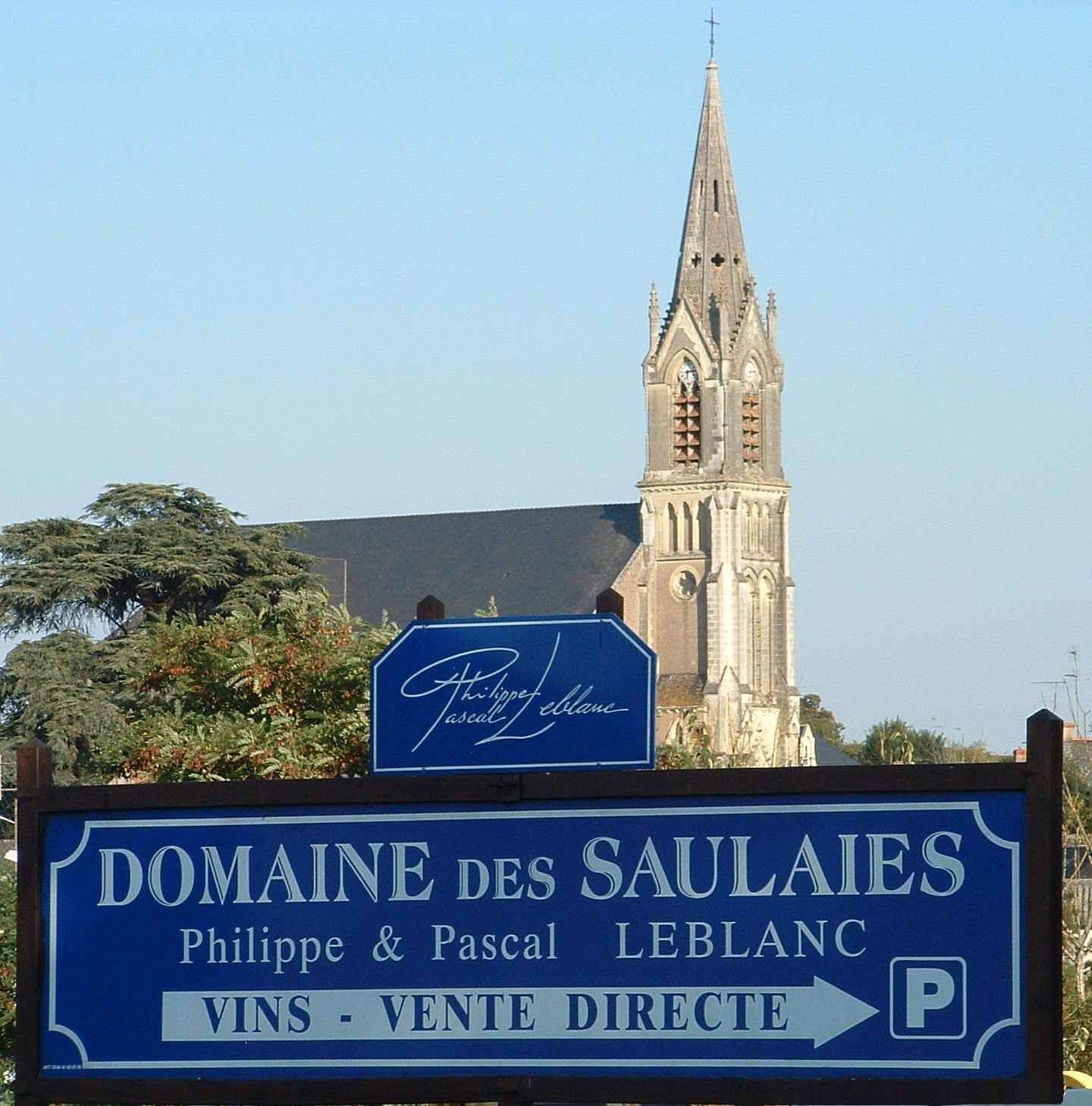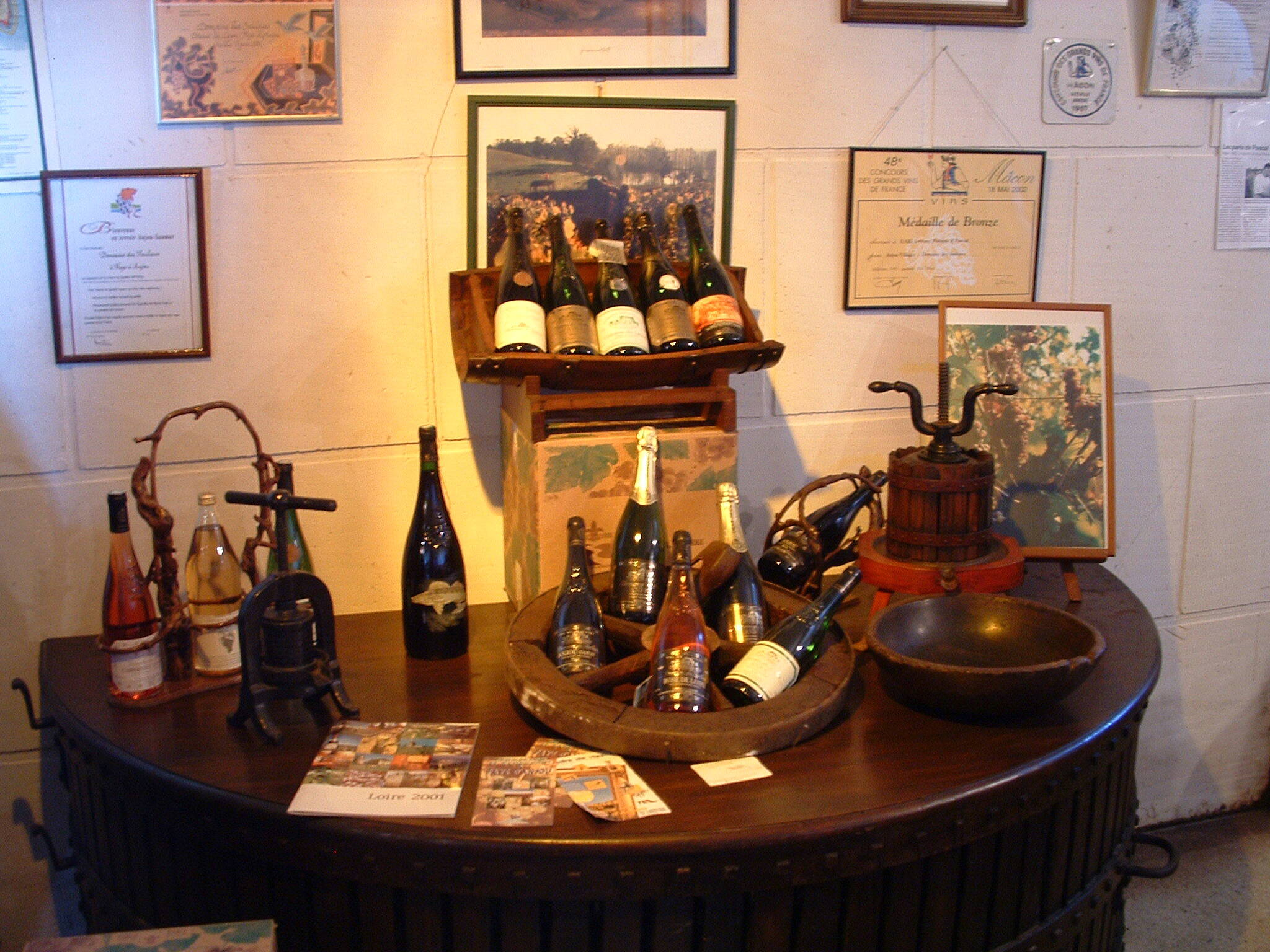
Pascal Leblanc
Domaine des Saulaies
-
Region :
-
APPELLATION :
Anecdotes about the domain
To be a winegrower is above all a passion, transmitted from generation to generation in the Leblanc family. Above all, we must make wines that resemble us and let nature guide us from day to day in order to get the best out of what she wants to offer us. In 2007, I created with several winegrower friends a GIE allowing to mutualize the strength of several winegrowers in order to sell our wines beyond the French borders.


The domain's short story
Family genealogical research shows that in 1688, the Leblanc family was already making wine in Faye d'Anjou. The Domaine des Saulaies, created in 1939 by Jean Leblanc, both winemaker and wine merchant, was taken over by his son Philippe who developed direct sales from the 1970's on a vineyard of 30 ha. In 1992, Pascal, in partnership with his father, Philippe, took over the family business and reduced the vineyard to 18 ha in production on 23 parcels spread in the commune of Faye d'Anjou. Pascal has decided to select and keep only the best terroirs to produce high quality wines. Pascal favors cultural practices that reduce the use of fungicides (for example by removing the leaves after flowering to avoid grey rot). Leaf removal also helps to aerate the bunches and to better capture the sun's rays. It does not use metatartaric acid (a product that prevents the precipitation of potassium bitartrate crystals in the bottom of the bottles). It is therefore possible to find small shiny crystals at the bottom of the bottles depending on the vintage and the temperature of the storage cellar. Pascal set up as an independent winemaker in 1989. The same year, he founded a CUMA with 22 other winemakers, in order to group the purchase of harvesting and filtration equipment. In 2000, he co-founded SAFRAN, a group of employers whose objective is to transform fixed-term contracts into permanent contracts thanks to different employers with complementary jobs (winegrowers, market gardeners, medicinal plants...). In 2001, he is at the origin of the creation of the brotherhood of the Bienfaye du Layon, which travels throughout France, and even to Belgium in order to promote the famous sweet wines of Faye d'Anjou. It organizes every year in January a magnificent Saint Vincent (patron saint of the wine growers) animated and convivial gathering up to 400 people.
The winemaker's pride
At the time of Philippe, his predecessor, the surface area of the estate was 30 hectares. Today it is 18 ha in production on 23 parcels spread in the commune of Faye d'Anjou. Indeed, Pascal decided to select and keep only the best parcels and got rid of the less interesting ones. As a result, he has been able to concentrate his efforts on making superior quality wines. Every year, Pascal replaces half a hectare of old vines (nearly 45 years old), which are nearing the end of their life span, in order to constantly renew the quality of his vineyard. The fragmentation of the plots is a definite advantage in the face of climatic hazards, as their characteristics differ according to the location of the commune (near the forest, for example, where the rainfall is lowest)Other characteristics of the Chenin plots (grape variety allowing the elaboration of the Layon hillsides) on the domain: a study of terroir realized in 2001 by the INRA and the GDDV allowed to bring out the following typicities: The plot of Noëls : (2.24 ha) is a former quarry with a sandy-silty soil over 20 cm in places and a very schistous subsoil nearby. Consequently, the soil is well drained and therefore warms up quickly, which allows an early ripening of the grapes on the south-west facing slopes.The plot of old vines : (2 ha) is planted with 50 to 60 year old vines on a sandy loam soil up to 60 cm deep with schist alterite in the subsoil. This deeper soil induces a later maturation in the season and allows to obtain more complex aromas very typical of old chenin selections.







